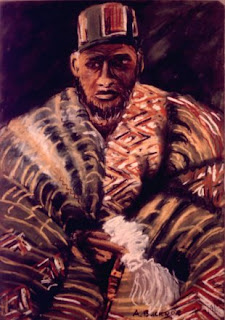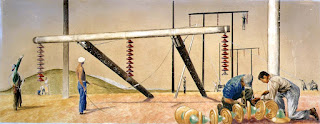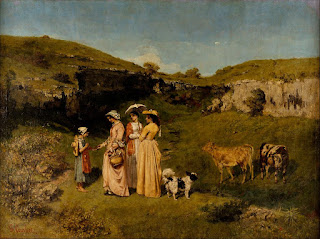Non-Western Blog

When it comes to discussing non-western art works, one cannot ignore that creative artistic that's been native to the African continent and it's culture. From all over the continent of Africa, artists from different backgrounds, tribes, and nations have utilized their own experiences to cultivate their own art styles. Among of the African nations that have produced that most appreciated works of African Art have originated from Ghana, among other African nations. It's been stated that Ghanian works of art in recent times have generated so much interest from people everywhere that such pieces of art have been considered to be high-priced pieces of art. Nevertheless, one notable feature that has been evident when examining art from Ghana is the use of watercolor. We will look at a couple of works that have been produced by Ghanian artists that have utilized this method and others. Chief from the North by Arthur J.E. Bucknor, 1966, Ghana (https://catalo





